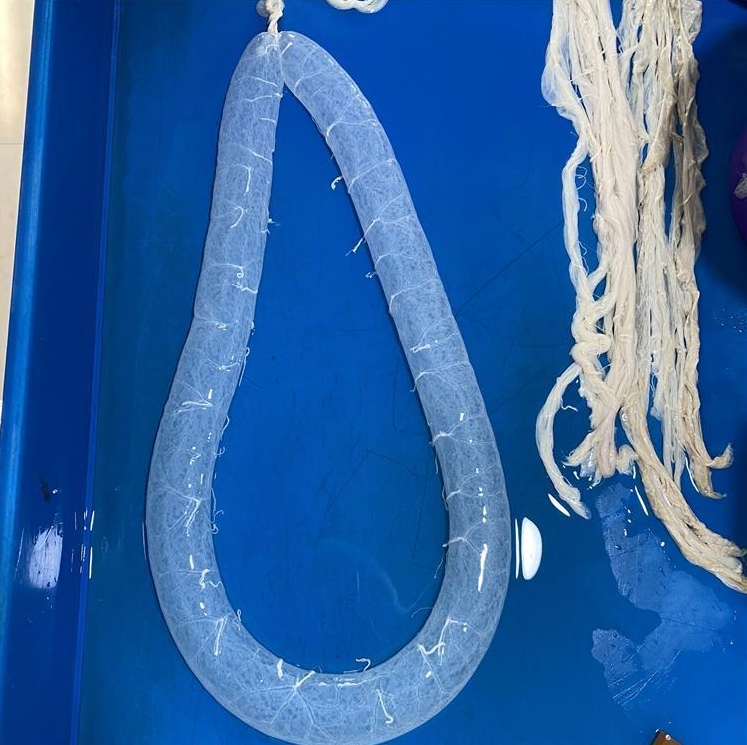Casing Storage Methods and Consequences of Improper Storage

In China, people enjoy curing their own sausages or making various types of stuffed sausages. Naturally, there are also companies dedicated to manufacturing casings, making the sausage-making process more convenient for consumers. However, there are several important aspects to consider regarding the usage and storage of casings.
1. Improper practices can adversely affect sausage quality.
① Casings can be easily punctured or torn during production or handling. In severe cases, this can cause the casing to burst during the filling or sterilization process. In milder cases, if the casing's structure is damaged during storage, its barrier properties will be compromised. This allows bacteria to enter more easily, leading to internal spoilage and off-odors.
② Storing casings in a high-temperature and humid environment can cause sausage deformation, a decrease in shrinkage rate, and changes in specifications.
③ During prolonged storage, inadequate storage conditions can cause casings to become deformed or deteriorate, resulting in losses. A storage period of three months is generally recommended.
2. The methods used for storing and handling casings are crucial for maximizing the performance of natural casings.
The recommended storage environment for casings is below 25°C, in a dry, well-ventilated, and protected from light area.
